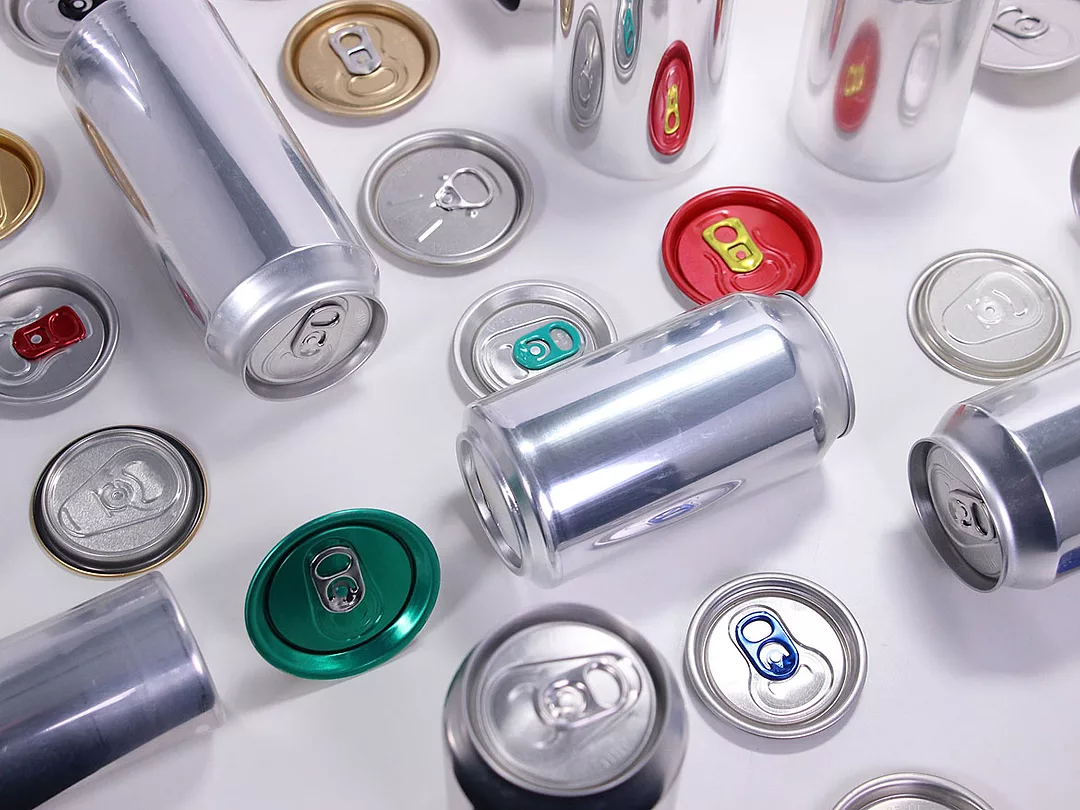Can Coatings: Unlocking the Future of Sustainable Packaging

courtesy of Sherwin-Williams

courtesy of Sherwin-Williams
All businesses have a role to play in the transition to a more sustainable future. When it comes to the packaging industry, sustainable solutions are no longer a ‘nice-to-have,’ but rather, an essential in order to meet governments’ ambitious environmental targets and increasing demands from the eco-conscious consumer.
There is no doubt that packaging is ubiquitous in our daily lives, from preserving and protecting products, to allowing the global transportation of goods and increasing product integrity. However, due to poor disposal and recycling practices, packaging waste has become an escalating and pervasive global environmental issue.
In Europe, The European Green Deal and Circular Economy Action Plan set the stage for a comprehensive review of how we use, reuse, and recycle packaging. The goals enshrined by these plans aim to further advance the sustainable transition of the packaging value chain by ensuring that all packaging in Europe is reusable or recyclable by 2030.
The latest regulatory milestone to develop a sustainable packaging supply chain in Europe is set out in the proposed Packaging and Packaging Waste Regulation (PPWR), which aims to significantly reduce packaging waste in Europe by 2040 by encouraging reuse and recycling.
Sherwin-Williams welcomes these ambitious targets set by Europe, however, in order to achieve a circular economy, innovation in packaging technologies should be encouraged, and collaboration is required across the whole packaging supply chain.
Metal Packaging: At the Forefront of Sustainability
Adopting materials that can be reused or recycled within a closed-loop system is critical for the packaging industry to meet targets set by the European Commission. Among the diverse range of packaging types available, metal cans are one of the most recycled on the planet, making it an optimal, efficient, and sustainable choice favored by the market.
Not only is metal packaging safe, affordable, and practical but it also plays a significant role in enabling the global transportation of goods around the world. Metal packaging reduces food waste by offering a multiyear shelf life, and, above all, can be infinitely recycled.
In fact, according to Metal Packaging Europe, the overall recycling rate for aluminum cans in the EU reached a record of 76.1% in 2019, while steel cans reached an all-time high of 85%.1 Moreover, the inherent properties of the metal used in metal packaging do not change during use, nor after repeated recycling processes.
Metal packaging represents a gold standard for the packaging industry; however, the sustainability benefits of the metal can would not be possible without the use of specialized can coating technologies.
The Metal Can Cannot Act Alone
For metal cans to work as a reliable and sustainable packaging solution, they need specialized and innovative can coatings. By providing a protective barrier between the product and the can, these coatings protect the integrity of the can, extend its shelf life, and reduce product spoilage.
Crucially, can coatings are formulated to be compatible with hundreds of different product requirements, and have no impact on the recyclability of the can. Further specialized can coatings are required to enable certain sectors to transition to metal packaging, such as the growing canned wine and water markets. It is therefore important that can coating manufacturers, like Sherwin-Williams, develop innovative, high-performance technologies that unlock the potential of the metal can to enable Europe’s future sustainable packaging requirements.
Navigating Increasing Regulatory Pressure
Epoxy resins have long been the superior choice for much of the metal packaging industry, owing to their cost competitiveness, robust application and fabrication properties, and excellent corrosion resistance and flavor performance.
However, in recent years, the industry has been challenged to develop new technologies that do not contain Bisphenol A (BPA), a key monomer used in traditional epoxy coating technologies.
The European Food Safety Authority (EFSA) has very recently published a new scientific opinion that significantly lowers the tolerable daily intake (TDI) for BPA, setting the stage for the conversion from traditional epoxy coatings to non-BPA alternatives in food contact materials across Europe.
This increasing regulatory and consumer pressure has been challenging for the metal packaging sector. Until recently, it has been a challenge to find next-generation coatings that deliver comparable performance without the use of BPA.
Developing Next-Generation Can Coatings
Embarking on a 10-year research and development program, the team at Sherwin-Williams developed the industry’s first non-BPA epoxy coating technology – valPure® V70 – that could be used across the beverage, food, household, and personal care sectors. Our valPure V70 technology delivers the same performance benefits of traditional epoxy coatings, supporting the use of the metal can in some of the most challenging packs.
At Sherwin-Williams, we believe that the superior performance benefits of epoxy coatings make this technology the ideal solution for the metal packaging industry. However, bringing a novel technology to market is challenging, and to pass regulatory scrutiny, we used an industry-first, Safety-By-Design program, modeled on pre-clinical pharmaceutical development to develop the valPure V70 technology. This process involved the engagement of third parties such as NGOs, independent laboratories, toxicologists, and universities, to analyze and provide an independent assessment on the safety and validity of the valPure V70 technology.
Protecting Innovation in the Industry
To support the future requirements of the packaging industry, we need continued cutting-edge innovation, such as the development the development of valPure V70, to keep pace with packaging trends. At Sherwin-Williams, we work tirelessly to ensure our can coating technologies enable Europe’s future sustainable packaging requirements, supporting a fully circular European economy.
The industry is about to transition rapidly to non-BPA products, and coating manufacturers, like Sherwin-Williams, must closely monitor the ever-evolving global regulations to ensure long-term regulatory-compliant solutions to keep our customers ahead of the trends.
Our latest White Paper on the critical role that can coatings play in enabling the use of sustainable packaging sheds light on the importance of innovative can coating technologies in delivering the sustainability, economic, performance, and health benefits of the metal can.
Across the paint, coatings, and specialty materials industries, business leaders and manufacturers must continue to evaluate the needs of the industry and, ultimately, the needs of consumers. When it comes to packaging, the opportunities are clear. Sustainable packaging can significantly reduce the negative impact of consumer products on the environment.
Collaboration and continued innovation in developing the next generation of coating solutions is preparing the industry for what’s ahead.
References
1 Metal Packaging Europe. Metal Packaging for Reducing Waste. https://www.metalpackagingeurope.org/article/metal-packaging-reducing-waste.
*All images courtesy of Sherwin-Williams.
Looking for a reprint of this article?
From high-res PDFs to custom plaques, order your copy today!







